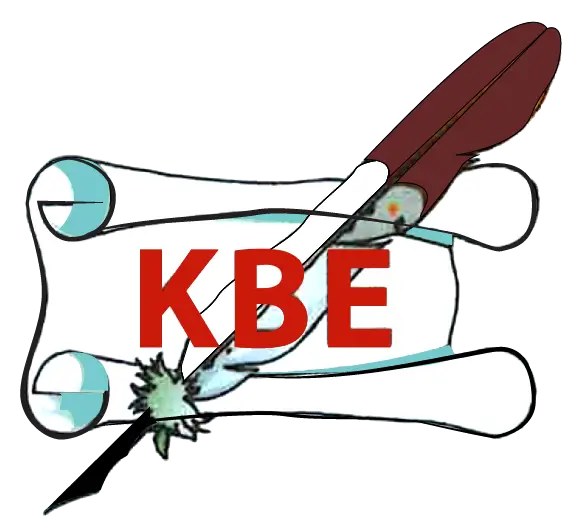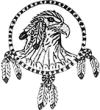Nutrition Guidelines for Healthy Menus Kainai Board of Education
-
Each lunch meal offers at least 1 food from each of the 4 food groups of Canada’s Food Guide1 (vegetables & fruit, grain products, meat & alternatives, milk & alternatives)
-
At least 1 serving of vegetables is available at lunch. Note: As our community is high risk for diabetes, corn and potatoes are considered starches/grains rather than vegetables.
-
-
As freshly prepared foods are a priority of the KBE nutrition policy, processed meats are limited to once a week or less.
-
“Processed meats” are meats preserved by curing, salting or by adding preservatives. Examples: bologna, ham, bacon, hot dogs, packaged chicken nuggets, pepperoni.
-
-
Cooking methods that require little or no added fat are used. Deep-fried foods are limited to once a month or less.
-
For grain products (examples: bread, buns, rice, cereal, bannock, barley):
-
At least 50% of the grain products served each week are whole grains.
-
All sandwich bread and buns ordered are 100% whole grain
-
-
Water or milk are appropriate beverages to serve with lunch.
-
A small portion (1/2 cup) of 100% fruit juice or chocolate milk may be served as a “choose sometimes” drink once a week or less.
-
No high sugar drinks will be served (examples: pop, fruit punch, iced tea, slushies).
-
-
Portions offered will be appropriate for different ages (see next page). A variety of foods will be offered and students have the choice to eat more if they are still hungry.
-
If serving dessert, fruit and yogurts are appropriate options that provide valuable nutrients students might not be getting outside of school.
-
Sweeter desserts can be offered as an occasional treat and when portion size is considered. On our regular menu, sweeter desserts will only be served once a week or less.
-
Sweeter desserts can be made a healthier option by choosing packaged foods that fit the “Choose Sometimes” criteria of Alberta Nutrition Guidelines for Children and Youth.
-
When offering foods that are high in unhealthy fat, sugar or salt (“Choose Least Often”) portion size should be small. See next page for more information.
-
Recommended Number of Canada’s Food Guide Servings Per Day
|
|
2-3 years |
4-13 years |
14 years & up, Females |
14 years & up, Males |
|
Vegetables & Fruit |
4 |
5-6 |
7-8 |
7-10 |
|
Grain Products |
3 |
4-6 |
6-7 |
7-8 |
|
Milk and Alternatives |
2 |
2-4 |
teens 3-4, adults 2-3 |
teens 3-4, adults 2-3 |
|
Meat and Alternatives |
1 |
1-2 |
2 |
3 |
As a rough guideline, a meal would provide one third of a day’s total required food guide servings. However students’ needs will vary and they should have the option to choose to eat more if still hungry.
What does a serving from Canada’s Food Guide look like?
Portion sizes for “Choose Least Often” treats: 3, 4 The Alberta Nutrition Guidelines for Children and Youth advise that energy-dense, nutrient-poor foods should provide only a small amount of overall energy intake so it is important that serving sizes be small when serving foods high in fat, sugar and salt.
Suggested serving sizes (based on approximately 100 calories / serving):
-
30 g for chips and crackers, high sugar cereal (1 cup), cookies (2) and cereal bars (1)
-
20 g for beef jerky, chocolate bars/candy (1 mini)
-
55 g for bakery items, including, but not limited to, pastries, muffins, and doughnuts
-
85 g / ½ cup for frozen desserts, ice cream
KBE Nutrition Guidelines created by Leslie Prenoslo (Registered Dietitian, Blood Tribe Department of Health), Dalen Mistaken Chief (Food Service Supervisor, KBE), Tisha Wadsworth (Community Wellness Coordinator, KBE)















